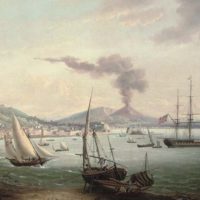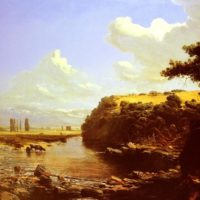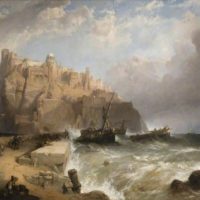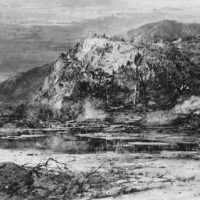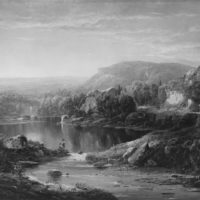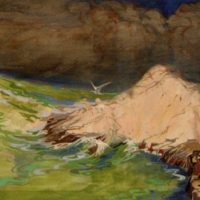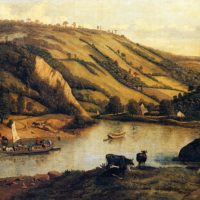This painting is the companion piece of Roelandt Savery’s Bouquet of Flowers.
Still Life Painting Archive
Theodoor Aenvanck’s Fruit, like many other floral compositions in 17th-century painting, also represents the process of decay and destruction.
A remarkable feature of this painting is the the still-life and a biblical scene composed together. The effect of the compostion was strongly disturbed by cutting the lower part of the painting (about 9 cm was cut for unknown reasons).
This drawing is a folio of the Abrams Album (named after the donor) in the Fogg Art Museum, Harvard University, Cambridge, Massachusetts. Willem van Aelst’s drawing of a gorget and a backplate is an example of the supposedly Delft tradition of vanitas still-life.
The ostentatious display of killed animals after hunt had a representational and symbolic function. The motif of a dead animal hanging upside down – an actual hunting custom – had been taken over by 17th century Dutch painters from earlier artists such as Jacopo de’ Barbari and Lucas Cranach the Elder.
The picture depicts a still-life with peaches and grapes fallen from an over-turned basket, resting on a partly-draped marble ledge. The painting has been reduced from a vertical to horizontal format, resulting in the loss of the signature.
Willem van Aelst was a still-life specialist prized for his lovely flower and fruit pieces, and he has been mentioned as a sometime follower of Kalf. He also painted a number of elegant game pictures in a clear light. They show close views of dead prey – occasionally accompanied by killed poultry – that include scrupulously painted guns, hunting bags and horns, bells and other gear of the sport. As most trophy pieces they were designed as representative pictures of the sport, not records of the spoils of a specific hunt. In this picture the painter displayed the finely worked equipment of the huntsman on a marble ledge: a velvet hunting bag with chamois strap, trimmed with gold embroidery and fringes, and a tasseled horn. […]
